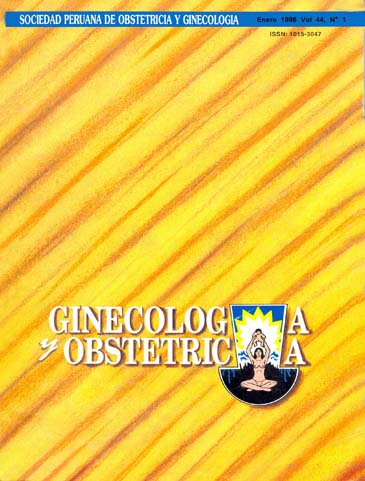Winding partogram alert patients height
DOI:
https://doi.org/10.31403/rpgo.v44i986Abstract
OBJECTIVE: To describe alert curves in patients in labor at high altitude. DESIGN: Descriptive, prospective transversal study from January through May 1997, PATIENTS: 400 term nulliparous and multiparous with cepbalic presentation attended at Huaraz Víctor Ramos Guardia Hospital, with normal labor and without drugs tvere classified in four groups following PLAC, starting the curve at 4 cm dilation. Statistical analysis, data processing and results were done with EPIINFO 5, using 10th percentile. RESULTS: Alert curve is to the left of PLAC, more so compared to sea level (HAMA), maybe due to nutritional status and pain toleration of high altitude women. CONCLUSION: Alert curves in high altitude patients in labor show short dilation times.Downloads
Download data is not yet available.
Downloads
Published
2015-06-20
How to Cite
Villacaqui, R., Mosquera, V., Olivencia, M., Penaranda, A., & Herrera, I. (2015). Winding partogram alert patients height. The Peruvian Journal of Gynecology and Obstetrics, 44(1), 45–53. https://doi.org/10.31403/rpgo.v44i986
Issue
Section
Artículos Originales
















